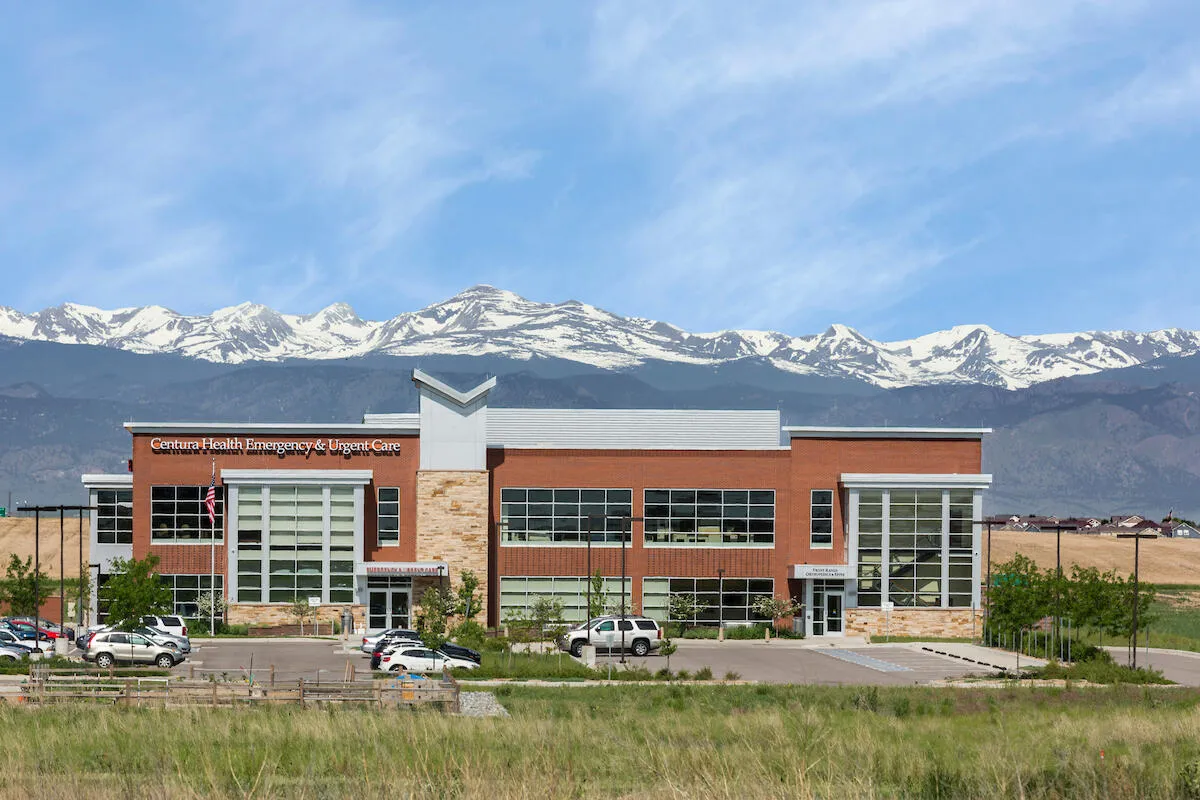Elective procedure losses cost local hospitals millions
Hospitals and the health workers that staff them have been at the forefront of the COVID-19 pandemic, trying to handle the immense strain of treating a disease that has no cure and, as of this writing, has claimed the lives of more than 100,000 Americans.
But from a financial perspective, that heroism hasn’t paid off.
According to consulting firm Kaufman Hall, the operating margin of the median American hospital fell 8% in April from the same month last year due to lost patient volumes and spending to beef up capacity for COVID patients.
SPONSORED CONTENT
That report estimates large hospital systems are suffering further due to scale, and that holds true for some of the biggest health-care players along the Front Range saying the coronavirus crisis has caused millions in lost revenue.
Profitable procedures down, costly critical care up
Not every patient and procedure is equally profitable to a hospital, and the amount of profit or loss a provider takes is based on numerous factors. In general, a hospital covers its losses from caring for patients who may be covered by low-reimbursing Medicaid insurance or are facing expensive acute care needs by offering a mix of elective procedures that may draw in patients with higher-reimbursing insurance policies.
But in mid-March, Colorado’s COVID-19 response both prioritized hospitals to build out additional critical care capacity for what would become a wave of almost 4,200 hospitalizations by the end of May and banned them from doing elective procedures to minimize use of personal protective equipment and spread of the disease through the hospitals.
SCL Health said it spent $560,000 in preparing parts of Good Samaritan Medical Center in Lafayette for COVID patients, while UCHealth paid $16 million to build up its response capacity across the state.
That ban on procedures expired at the end of April, and medical providers are now operating on a limited capacity to make sure they have the ability to respond to a possible second wave of COVID cases. They have also been guided by the state to avoid procedures that require blood transfusions or follow-up care in an intensive care ward or inpatient rehabilitation center.
While many local systems say elective procedure schedules are starting to fill back up, the financial damage from months of lost appointments has already been done.
SCL Health said Good Samaritan lost an estimated $7.2 million in March and April, amounting to a 65% decline. In the same period, UCHealth said it lost $170 million in revenue after adding in some savings.
In an interview with BizWest, Banner Health western division chief financial officer Matt Huff said bookings for several procedures fell between 30% to 50% from mid-March on, with cancer screening volumes declining 90%.
Overall, Banner has lost between 20% to 30% of its revenues in March and April compared to the same months last year.
The stark loss in revenue led Banner Health to furlough between 5% to 7% of its staff nationwide in late April because those employees had “low or no work” due to widespread shutdowns in elective procedures.
Federal aid, but not enough
Through the CARES Act, the U.S. Department of Health and Human Services gave out more than $493 million in funding to more than a million public and private medical providers across Colorado.
That covered some of the losses of revenue for area hospitals. Good Samaritan received $6.2 million in those funds, while UCHealth got $97.5 million. Boulder Community Health received $4.48 million.
“These funds are essential to helping us reduce our significant financial losses, and the support will help some rural hospitals avoid closing their doors permanently,” UCHealth Chief Financial Officer Dan Rieber said. “However, the funds represent a small fraction of hospitals’ overall losses.”
Other health operators are also facing a question about their CARES funding similar to non-health-care companies that landed funds from the Paycheck Protection Act, which is making them hesitant to spend it.
Banner received just over $15 million in its Colorado facilities. However, Huff said the system has yet to recognize all of its federal funds because it’s still determining how to use it in a way that will make sure it is converted into a forgivable grant.
“That’s really driven by the hyper focus on the expense side given the fixed nature of a lot of costs in health care, the minimum staffing that comes with some of the areas that just have to stay open even when there’s no volume,” he said.
State funding to drop?
Colorado legislators are scrambling to cut more than $3 billion from the state’s budget caused by the loss of tax revenue from stay-at-home orders and business shutdowns, and are all but certain to cut into health-care spending as part of a broad budget balance push.
In particular, the Joint Budget Committee has recommended reducing the provider rate it pays to hospitals as part of its Medicaid expansion by 1%, which would save the state an estimated $30 million.
The committee also suggested taking $160 million in fees paid by hospitals that are redistributed to other health-care providers covering higher numbers of uninsured and Medicaid patients and rerouting it to the general fund.
Those proposals have yet to be debated among lawmakers as of May 28.
Huff said that uncertainty over state funding is what worries him most, especially as many of Banner’s hospitals serve a higher proportion of Medicaid patients or uninsured patients whose treatment may later be written off.
“We’re already seeing increases to the tune of multiple percentage points of increases in self-pay or uninsured (patients),” he said.
Hospitals and the health workers that staff them have been at the forefront of the COVID-19 pandemic, trying to handle the immense strain of treating a disease that has no cure and, as of this writing, has claimed the lives of more than 100,000 Americans.
But from a financial perspective, that heroism hasn’t paid off.
According to consulting firm Kaufman Hall, the operating margin of the median American hospital fell 8% in April from the same month last year due to lost patient volumes and spending to beef up capacity for COVID patients.
That report estimates large hospital systems are suffering further due…




